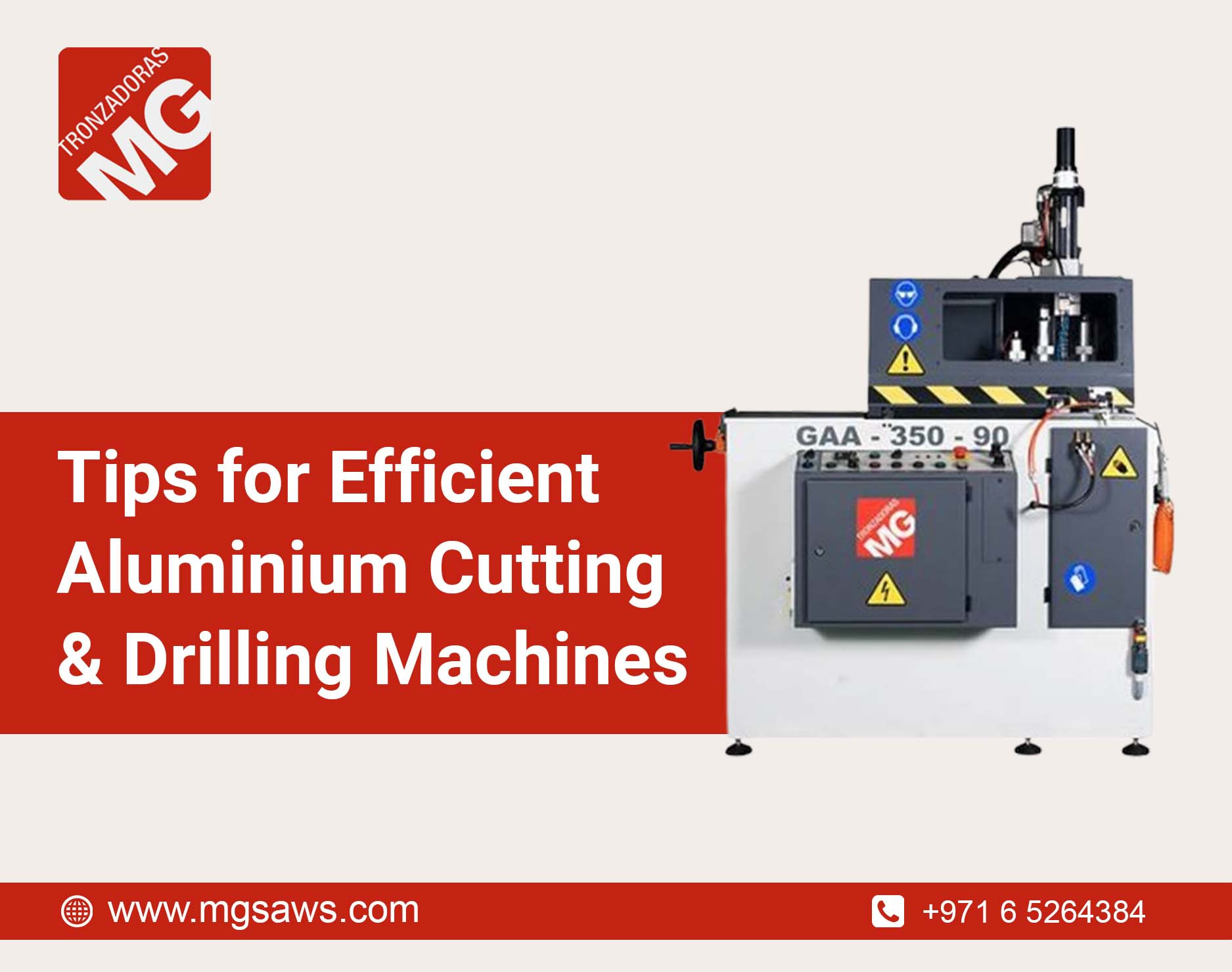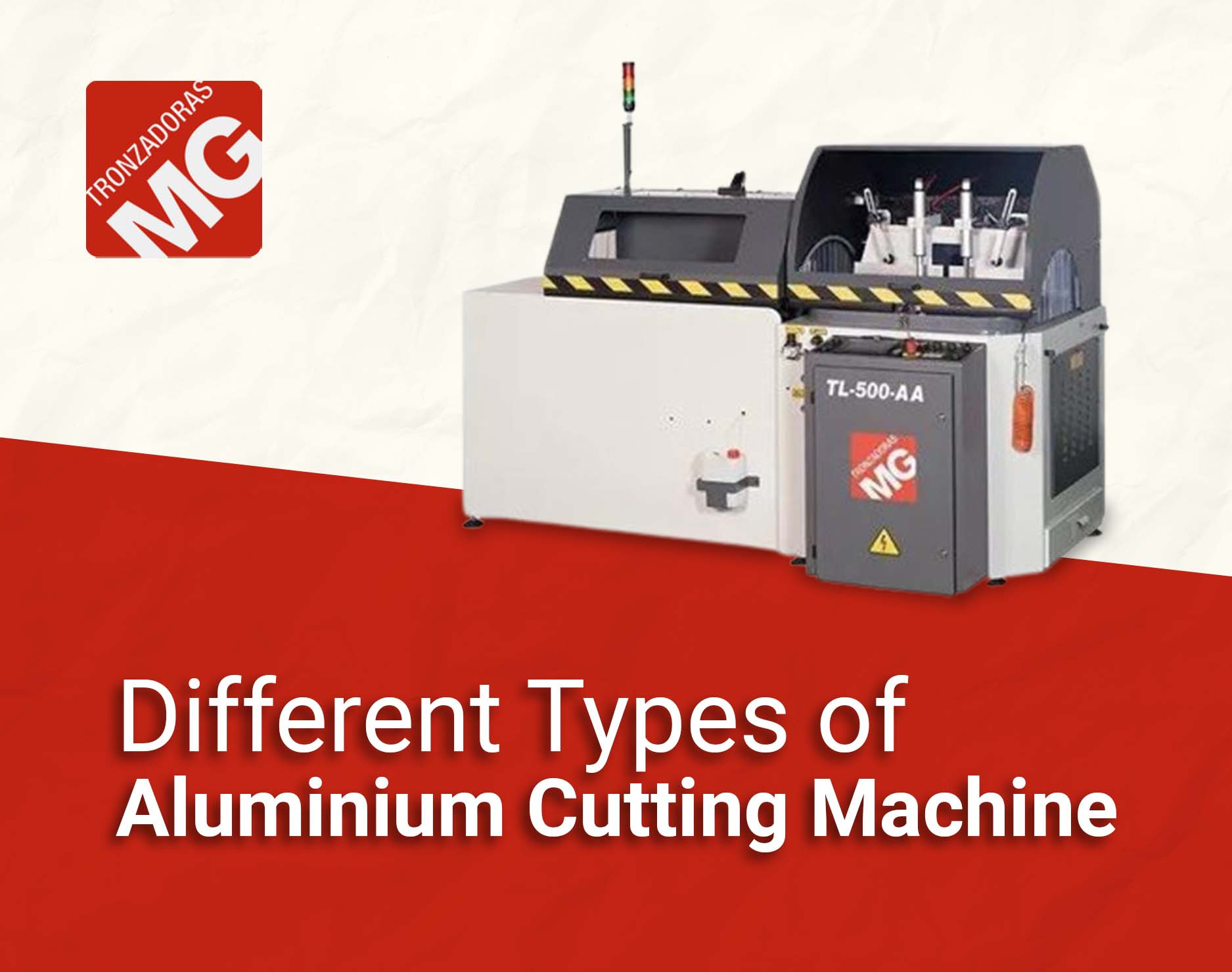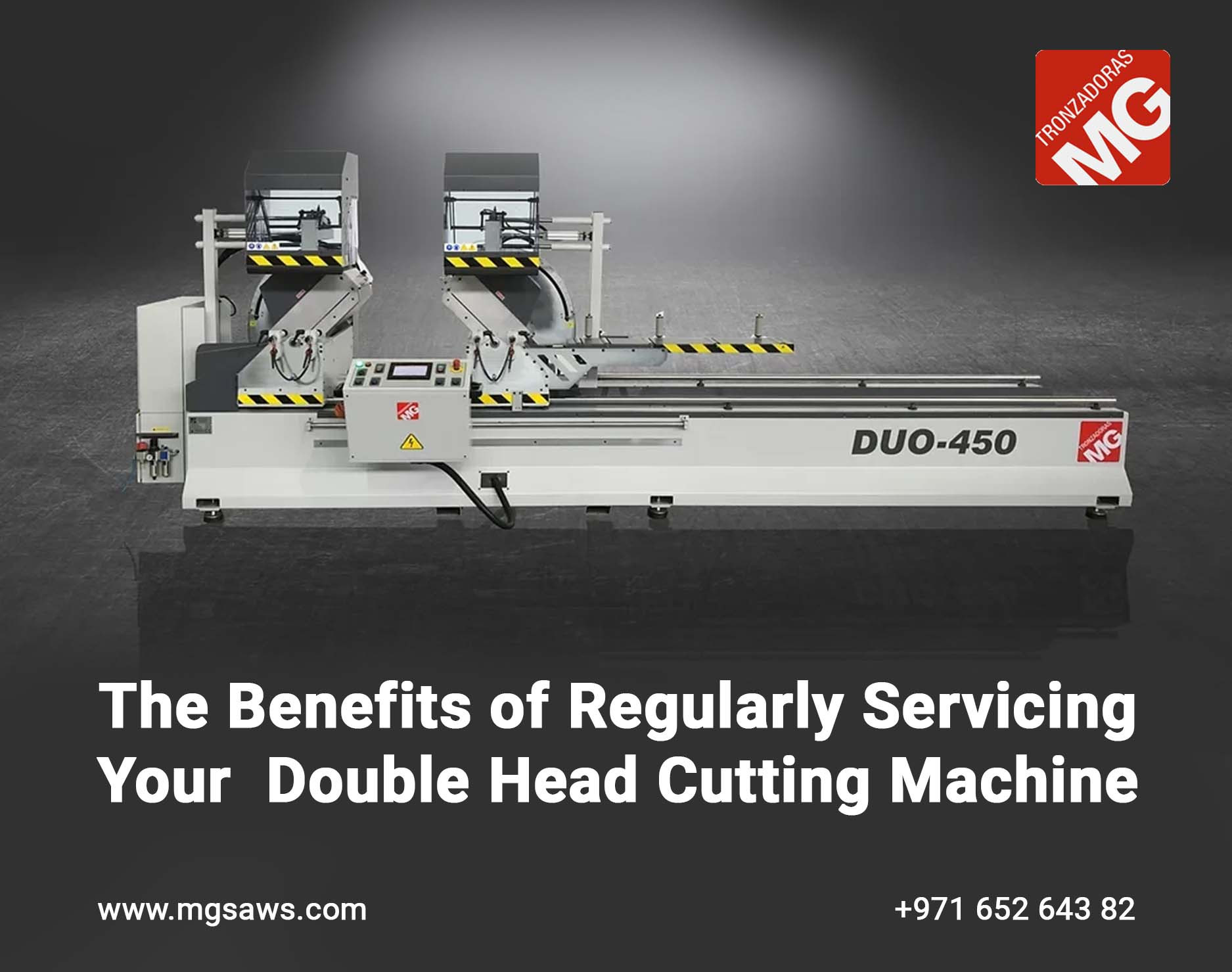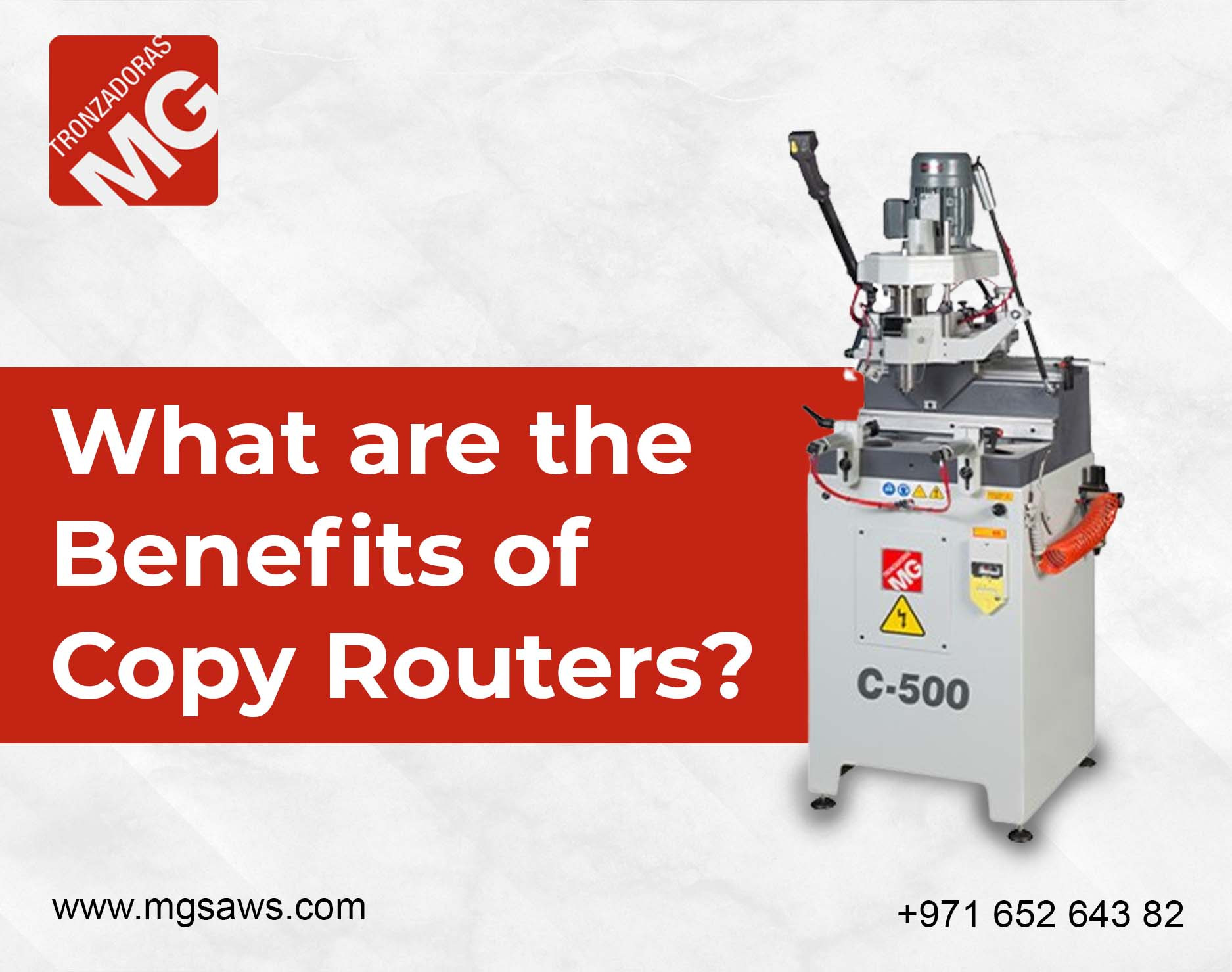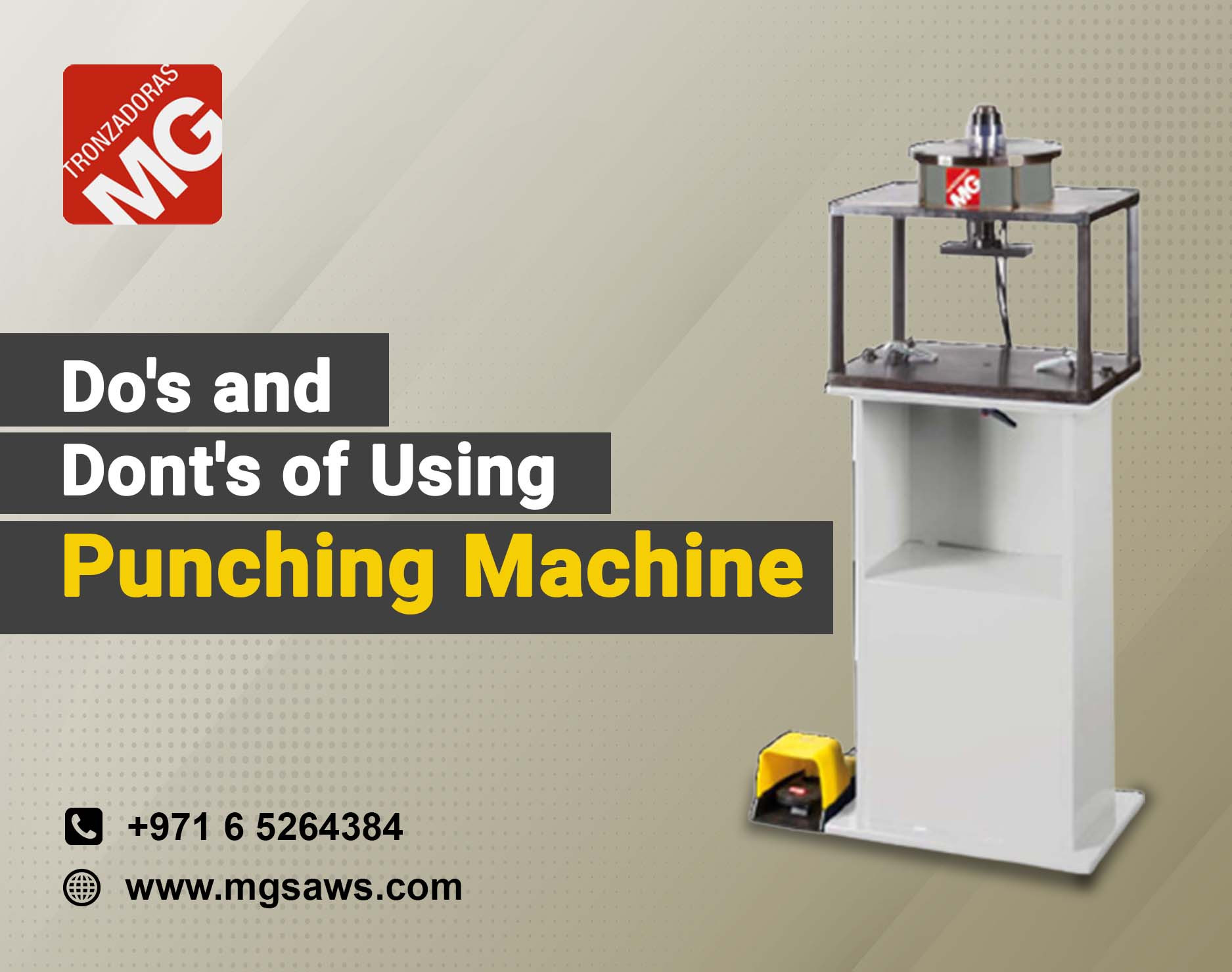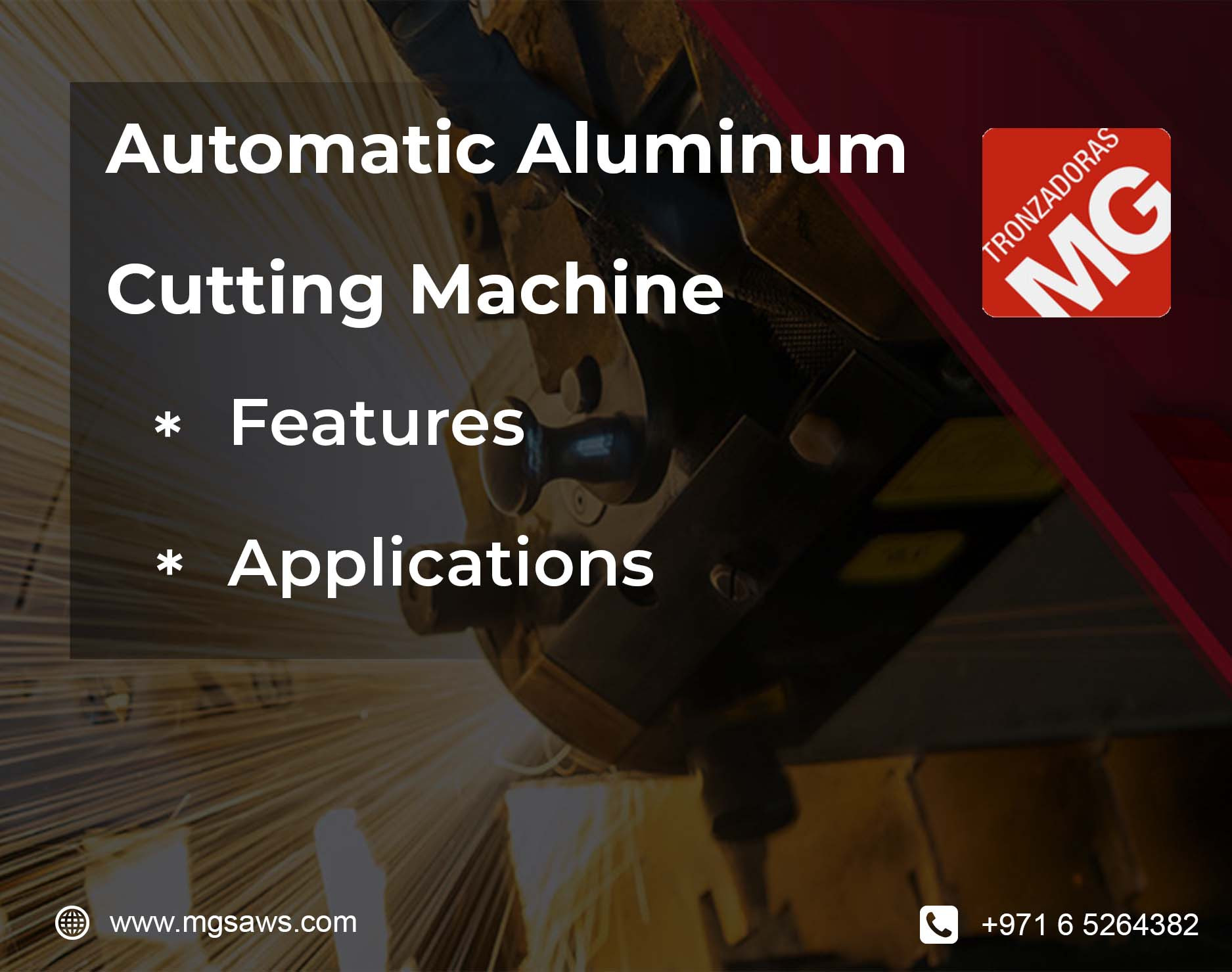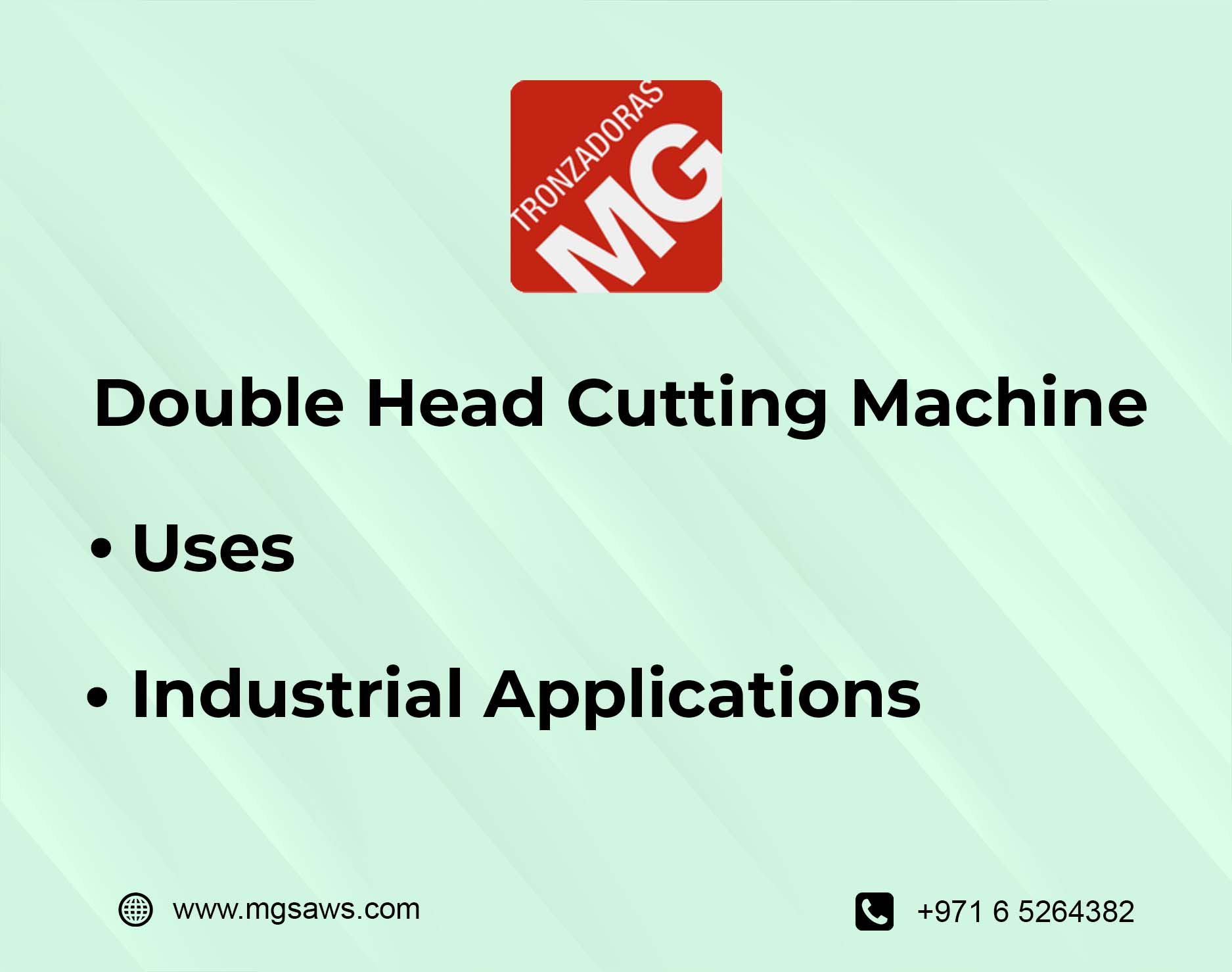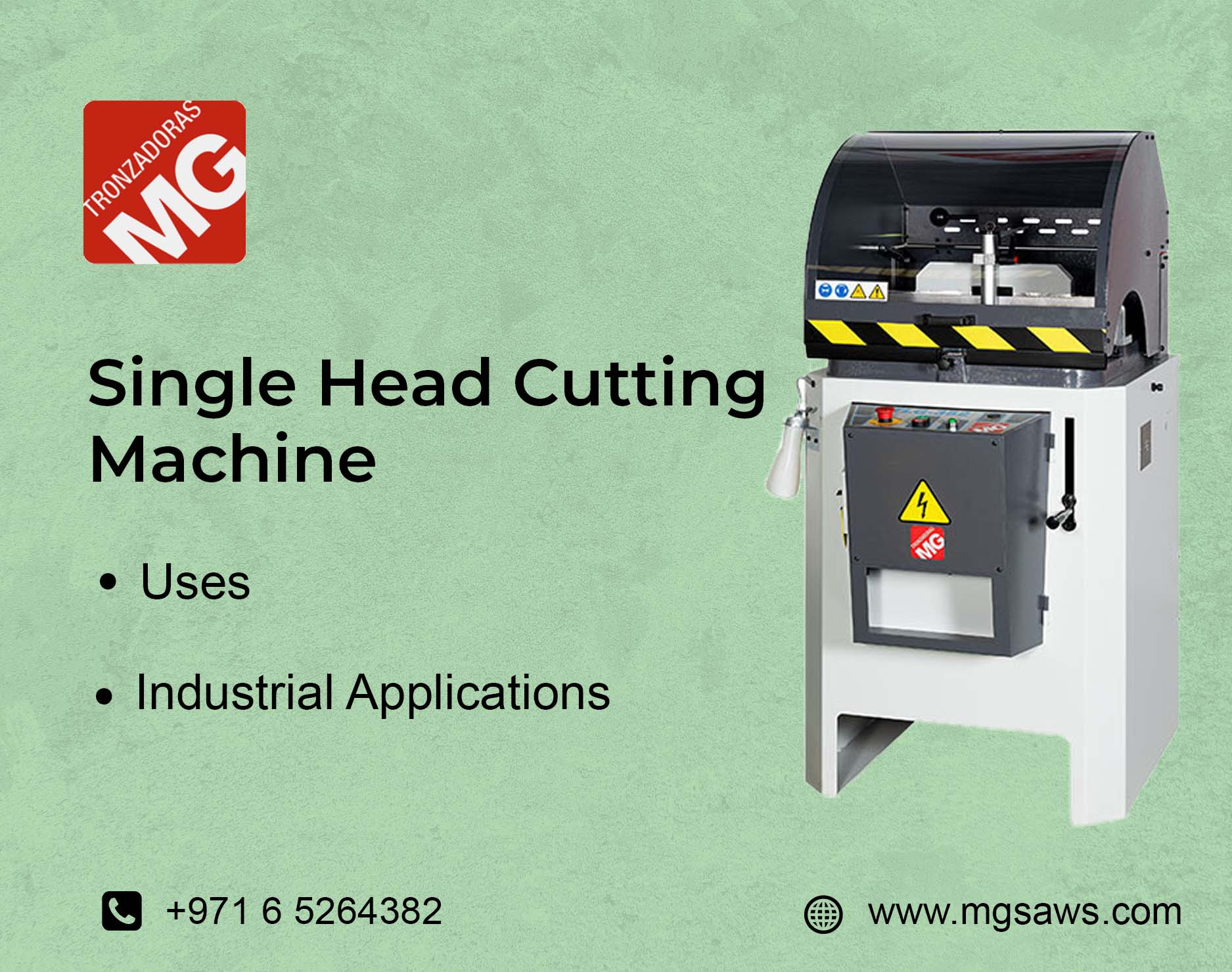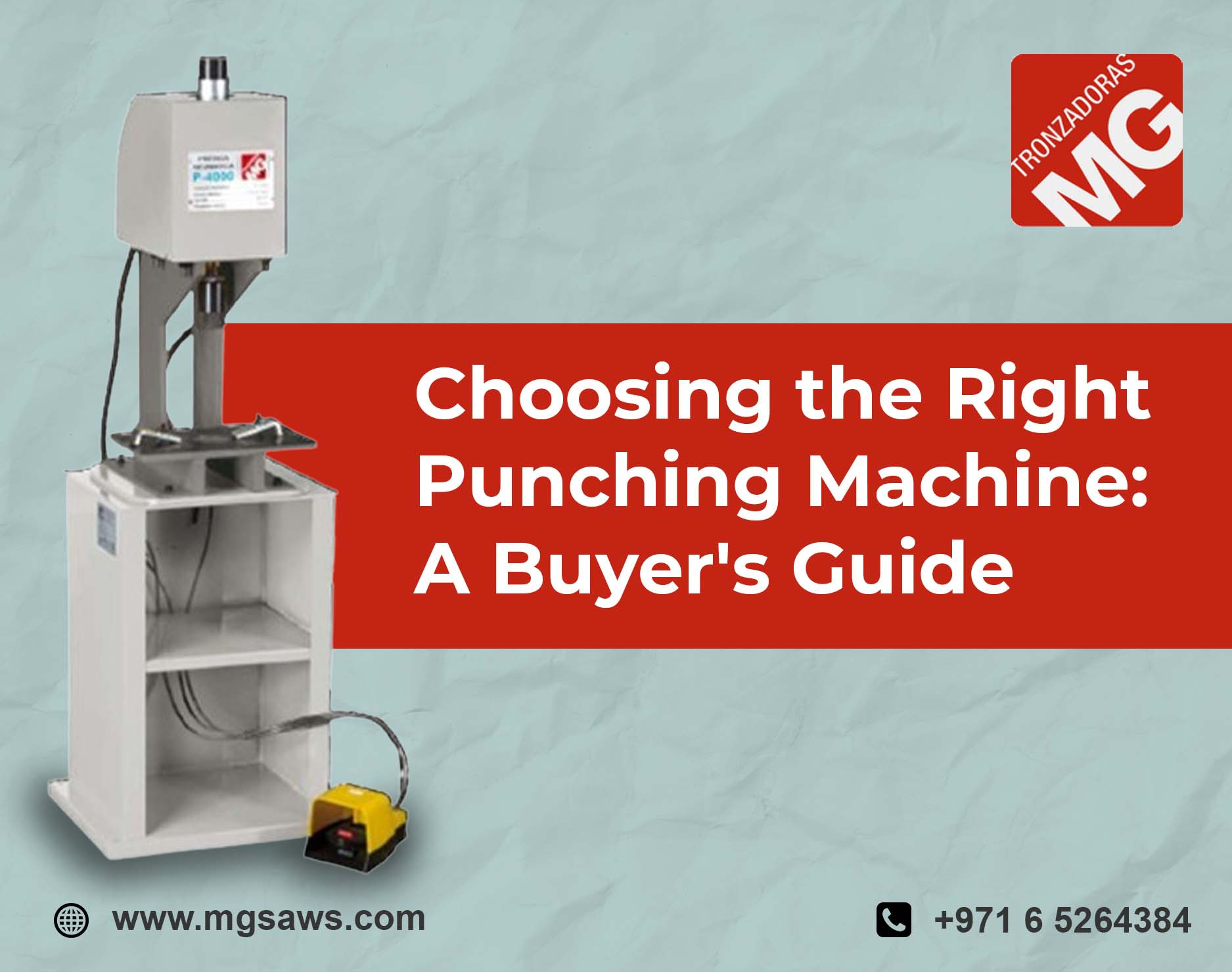
What aspects need to be considered while choosing a high-quality punching machine?
Punching machines come in a variety of varieties, and choosing one is primarily determined by the material, dimensions, and specifications of the final stamping output. The punch is a sizable assembly of processing machinery. To ensure that the purchased punch can actually exert its actual production efficiency, customers should, when making purchases, make targeted selections based on the finished products to be manufactured, the type of stamping die, the characteristics of the stamping process, the production efficiency, and the investment budget.
An Excellent Punching Machine Manufacturer
Given how advanced the Internet has become, people are at a loss for options when it comes to punching machine manufacturers because there are so many different ads, deals, and reviews—both positive and negative—on it. Although selecting a punch at this point is somewhat subjective, we can still use the following criteria to determine which punching machine supplier is superior. Naturally, the first step is to select the appropriate punch based on our individual requirements, which is more economical and practical.
- We need to make sure the dealer is qualified before we buy a trustworthy punching machine. How is the user reputation and qualification, and is it a well-known company in the nation?
- Why is the corporation able to offer the user a punching machine that is both high-performing and high-quality? Verification of the enterprise's resources, solid technical support, and ability to run consistently for longer than ten years are necessary for this.
- Product performance will undoubtedly be good if it is stable and comes from businesses with a high proportion of repeat business from previous clients.
- There are no arbitrary fees, and the product's price is clear. Both the inexpensive ones and the excellent ones are overpriced. As a result, it is essential to consider the product's cost-performance in relation to its identical configuration and performance. In essence, the cost is a deciding factor.
- Users will be reassured about after-sales service, including prompt service, technical support, and customer assistance available seven days a week.
We quickly examine a few fundamental scenarios based on the aforementioned information to determine which punching machine supplier is the best.
Along with the evolution of the market and the best punching machine supplier, the punching machine manufacturer's technical threshold is also influenced by these factors. Only a small number of businesses are strong enough to deliver punching machines.
Stamped Product
- The product must be made of metal in order for high-speed punching to be possible.
- High-speed stamping is not appropriate for products with thicknesses or widths
- Greater than 5 mm. Additionally, the high-speed die limits the width of the stamped product.
- Coils and strips are the only items that the high-speed punching machine can stamp; other products cannot be stamped at high speeds.
- Generally, it is advised to utilize an open punch for shallow drawing parts, bending parts, and small metal blanking parts. The punching die's uniform distribution will be destroyed, the accuracy of the punched product will be impacted, and the punching die's lifespan will be shortened by the elastic deformation of the open punch press's body. On the other hand, its pricing is reasonable, its fuselage is open on three sides, and it is simple to operate and install feeders, molds, and automatic mold changing devices to achieve automatic production. For this reason, it is advised to stamp small and medium-sized components using open punches.
- Portal and double-shaft punches are the tools of choice for large- and medium-sized stamping items, as well as those requiring great precision. High strength and stiffness punches are recommended for special stamping operations like shaping, bending correction, and leveling.
Required Number And Speed of Stamping Products
The low-speed punches that manufacturers have been utilizing aren't up to par, so they have the option to switch to high-speed punches. Currently, high speed punch presses come in two varieties: 400 times per minute and 1000 times per minute. You should select a punch with a 1000 times/min rate if the product mold demand speed is 300 times/min or above.
Because the equipment cannot be used to its maximum potential and punches that do not exceed 400 times per minute typically do not have a required lubrication system, better lubrication is used in the joint area, and the punch structure is slider-type, making accuracy difficult to guarantee and causing significant wear and tear over extended periods of use. Faster, less accurate, mold damage is easily sustained, machine and mold maintenance is frequently required, and time delays delay delivery.
This is typically decided based on the stamping procedure itself. Avoid using a punch with too many strokes while feeding by hand; instead, use as many strokes as feasible when stamping automatically. A punch with too many strokes cannot be used while deep drawing since the material cannot be fully deformed, the drawing is too quick, and the components are brittle.
Accuracy of The Stamped Product
If the user has very specific requirements for stamping items like aluminum and has enough money, they can choose a high-speed punching machine because of its unique advanced manufacturing method, production precision, stability, and processing speed.
The Determination of Specifications
The dimensions and stamping force of the stamping die used in the stamping apparatus are taken into consideration while determining requirements.
The chosen punch's nominal pressure needs to be higher than the total force needed to punch. During actual stamping production, the punch's tonnage must surpass the stamping pressure, and it must be made sure that the punch's permitted load curve is not exceeded by the workpiece's load curve. The following is typically the tonnage selection principle:
The maximum punching force allowed when correcting bending is between 80% and 90% of the total tonnage; the maximum drawing force allowed when deep drawing is between 50% and 60% of the total tonnage; and the greatest drawing force allowed when shallow drawing The force is between 70 and 80 percent of the total tonnage.
The tonnage value for punching and bending or punching and drawing should be ascertained based on the particular circumstances and the machine tool's permitted load curve.
Punch power should be taken into consideration when stamping thicker pieces, in addition to the punch's permitted pressure.
Punch strokes should be acceptable because they have a direct impact on the die's main height. The punch is detached from the guide plate due to an excessively large lead process.
Punch closing heights should be adjusted to match die closing heights; that is, die closing heights should fall between punch closing heights' maximum and lowest points. The height of the stamping die is typically taken to be near to the large die height of the punch when designing the stamping die because the connecting rod will shorten with wear and the mold repair will lower the closed height of the stamping die in the future.
The punch press's working table needs to be bigger than the mold's lower die base overall so that installation and fixation may be done. However, the working table shouldn't be too big to prevent uneven force on it. The size of the actual installed mold should be used to establish the punch table. If the mold is large, the work table's size can be extended to accommodate the needs of the customer.
Punching Force
The following factors must be taken into consideration in order to establish the accuracy requirements: the type of stamping operation to be completed; the size of the production batch; the geometric measurements of the stamping parts (the thickness of the package, whether to stretch, the shape of the sample)
- Open mechanical punching machines are used in the production of small and medium-sized parts, curved parts, and polyester parts.
- Medium-sized stamping pieces are produced using a closed-structure mechanical punch press.
- Hydraulic presses are used in small batch production to produce massive, thick plate stamping parts.
- Use a multi-station automatic punch or a high-speed punch when starting out in mass production, especially for intricate pieces.
Conclusion
The JIS standard is typically used to test overall clearance, parallelism, and verticality—all of which are key indicators of high-speed punch accuracy. Of course, the aforementioned tonnage and the punch's own machining accuracy have an impact on the high-speed punch's accuracy as well. The high-speed punch has self-control over its pace. It also has an impact on the high-speed punch's precision.
For high-speed punching presses, there are numerous tonnage possibilities. Selecting an appropriate tonnage is crucial to lowering the cost of producing stamps as well as the costs associated with the production process. The immediate impact force that the punch releases during the process is referred to as the "punch tonnage." In general, there are four common tonnages for high-speed punches: 25, 35, 60, and 80T. The processing capacity increases as the tonnage increases. You may acquire top-of-the-line aluminum punching machines from MG Tronzodoras with the specs that meet your needs.


